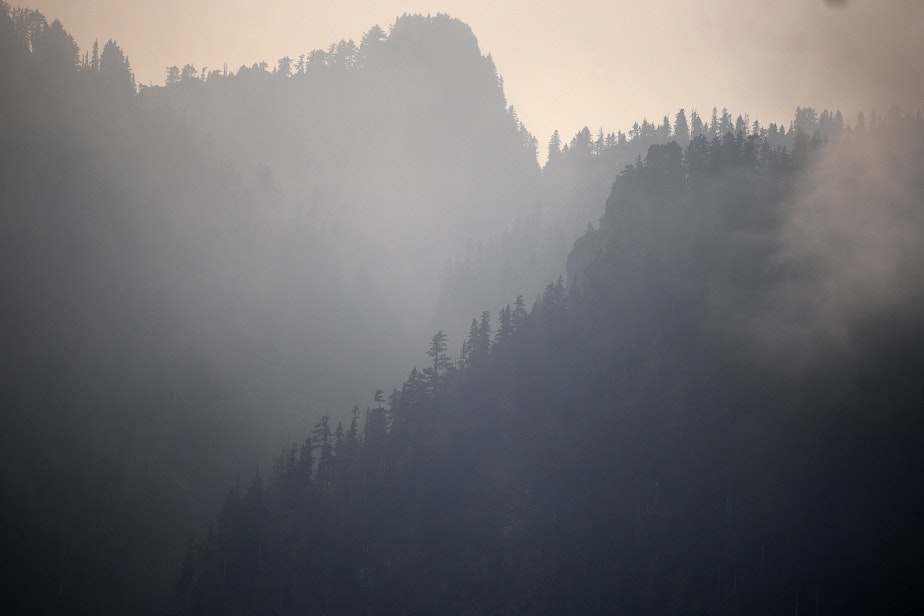To prevent devastating wildfires, manage people — not just forests

Experts are warning that Washington state will be extra vulnerable to wildfire this year, thanks to a combination of a dry spring season and buildup of fuels over last summer’s relatively quiet fire season.
Dry conditions helped fuel an 800-acre wildfire in Yakima County earlier this month, the largest in Washington so far this year.
The state has begun taking a more active role in trying to curb the mega-fires that blot out our blue skies: once again using prescribed burns, and enacting plans to thin and treat millions of acres of land over the next decades.
Some experts argue it’s not enough, though.
Recent reports from researchers at Headwaters Economics and the Sightline Institute point to the need to rethink human development in the Wildland Urban Interface (WUI), the zone where flammable, unoccupied land meets man--made communities.
Sponsored
"With fire, we're constantly in triage mode, but we're not really looking at those underlying symptoms that may be causing the illness," said Carl Segerstrom, who wrote about these reports for Range Media.
"Both reports recommend a similar mitigation: keeping new housing out of the WUI. This can take a lot of different forms, like zoning restrictions and land use planning."
Segerstrom added, "We continue to put ourselves more at risk from fires. From 1990 to 2020, there was a 47% increase in homes in the wildland urban interface."
You can listen to the full interview by clicking the play button at the top of this story.





